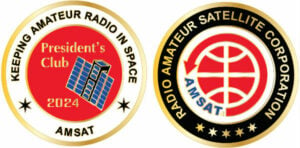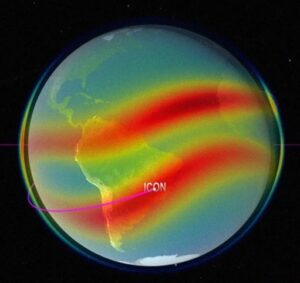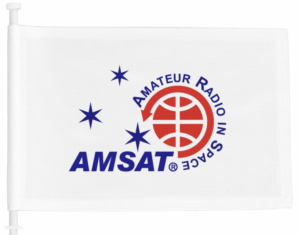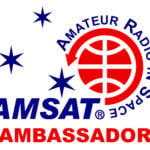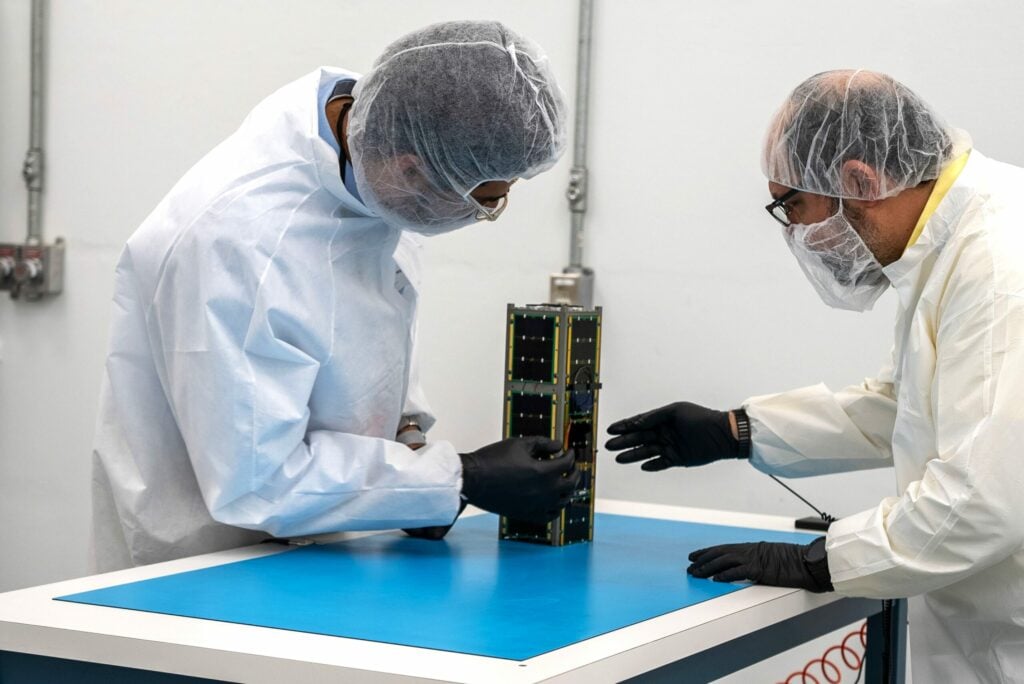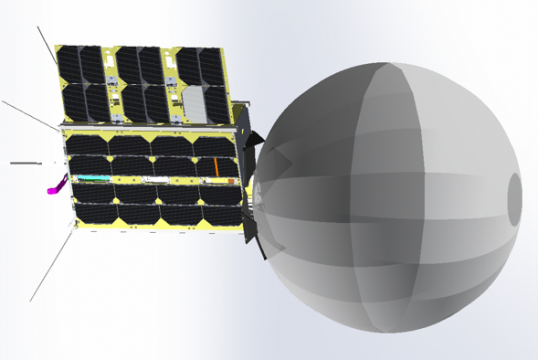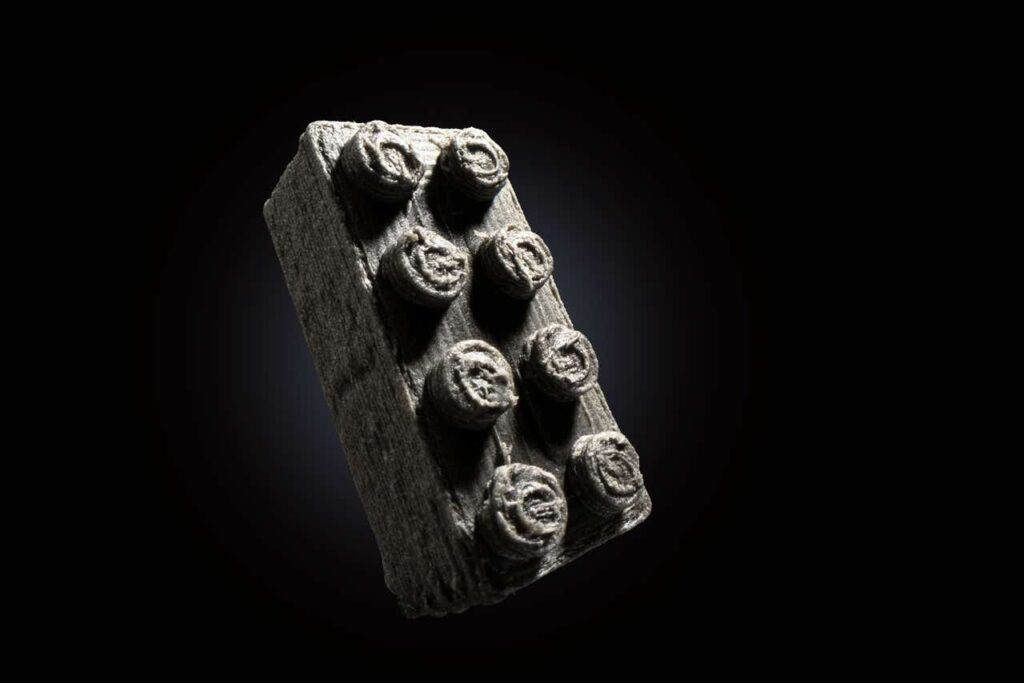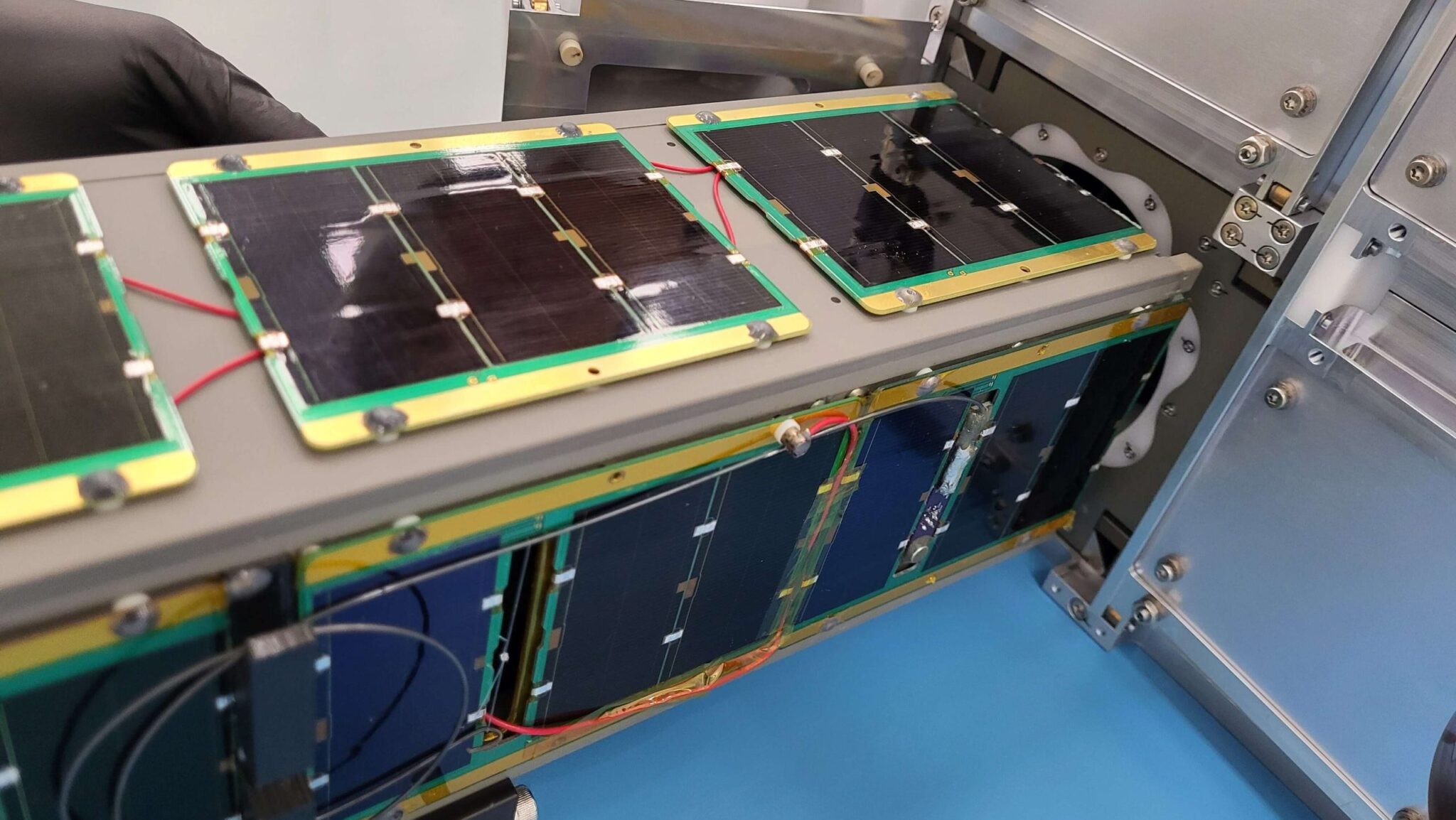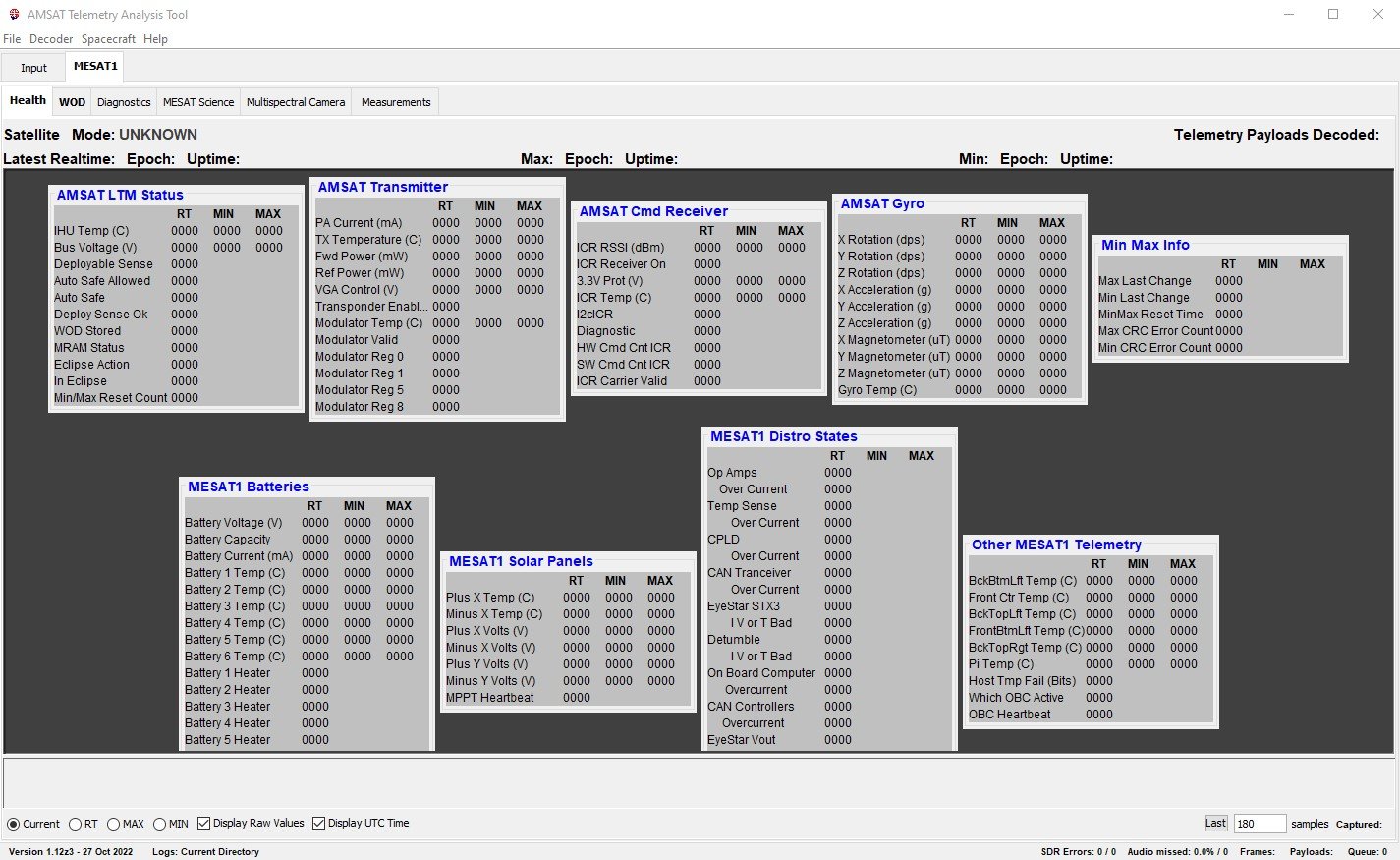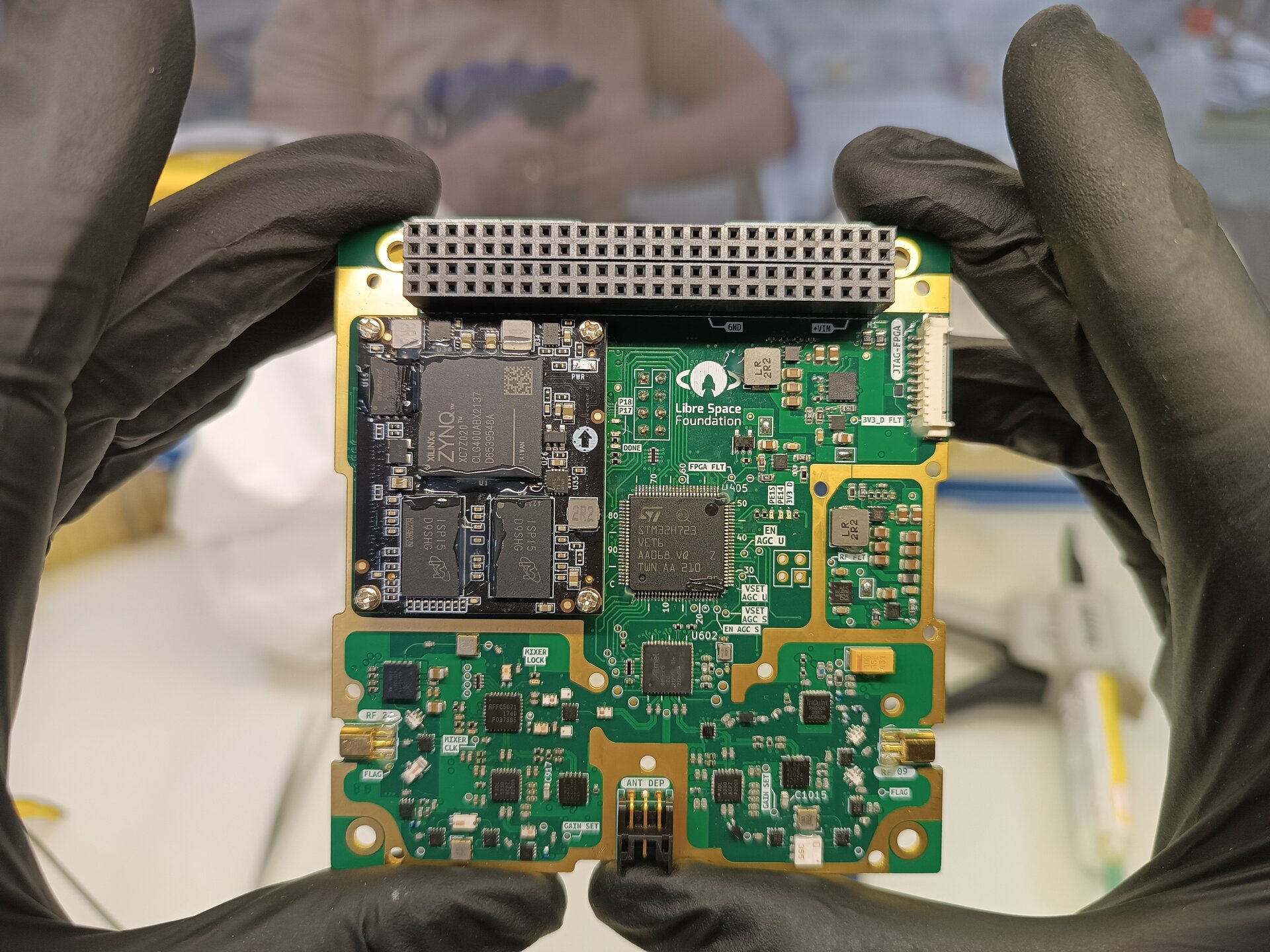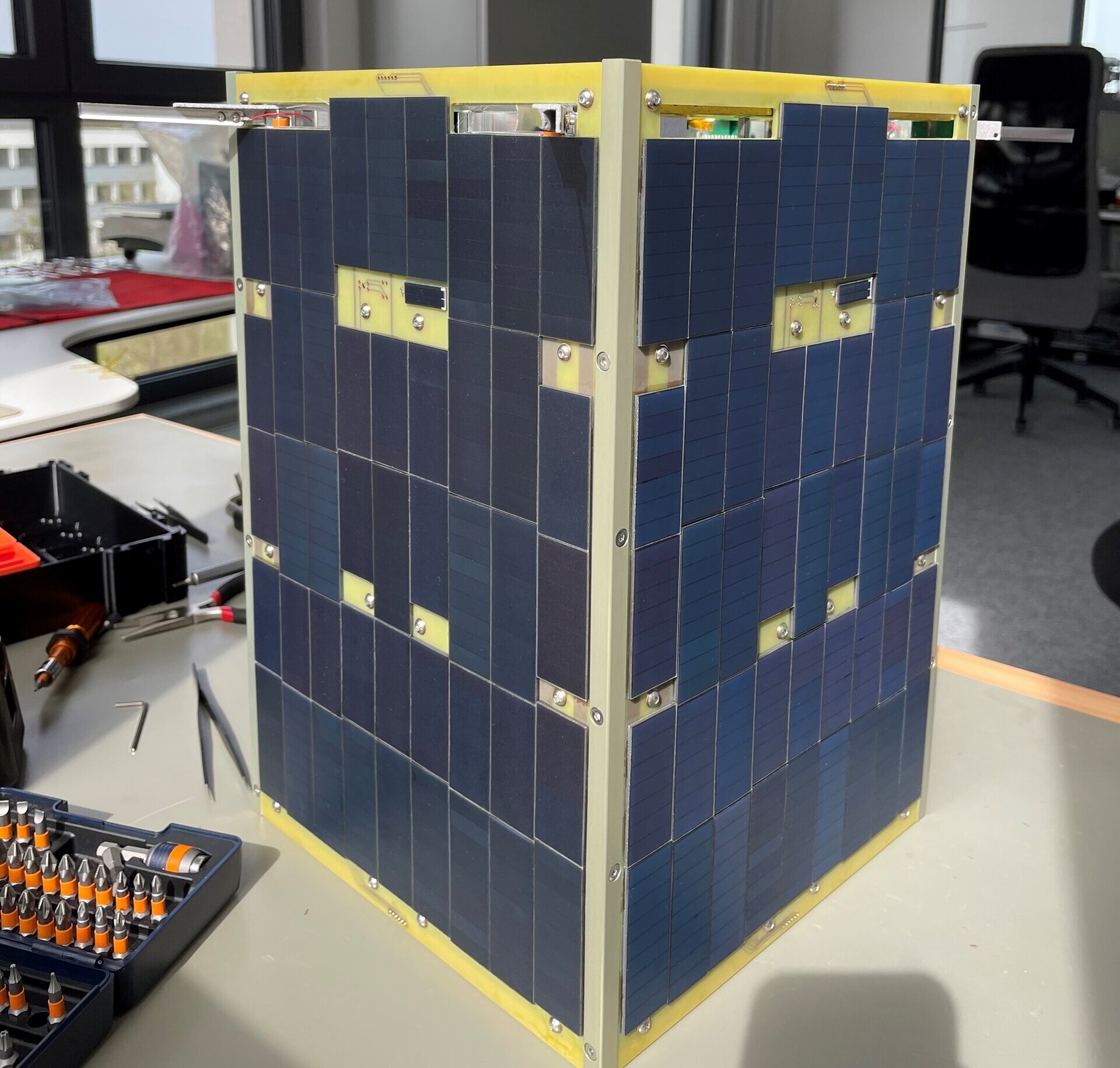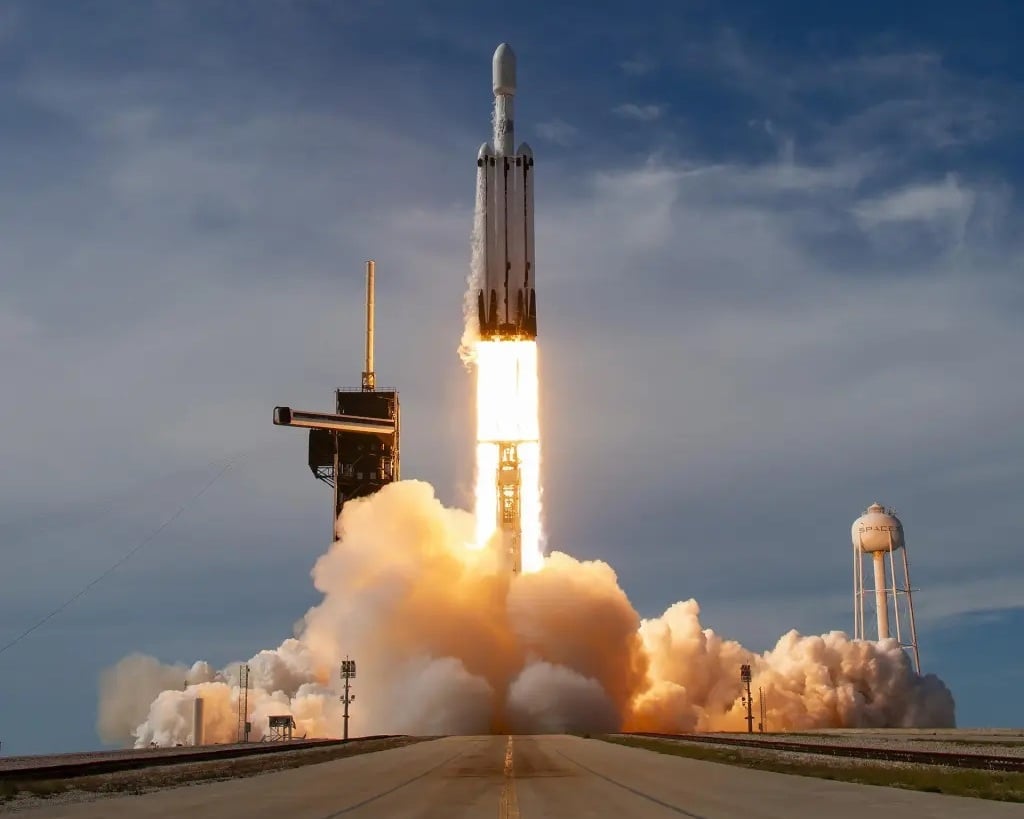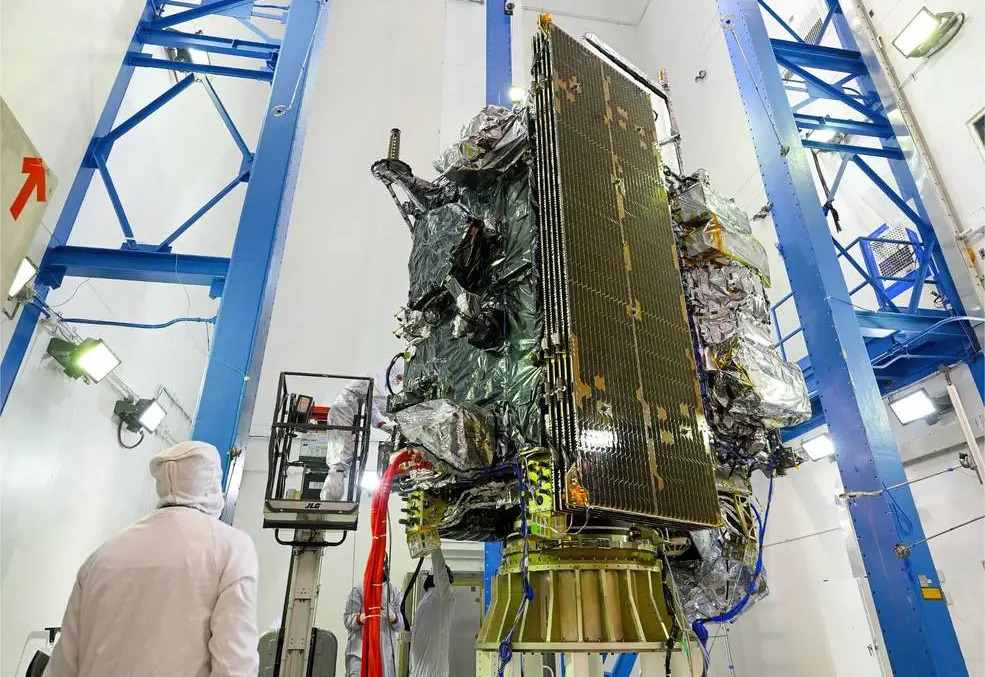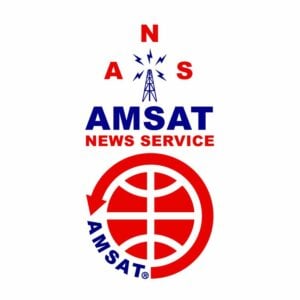
AMSAT News Service
ANS-203
July 18, 2024
In this edition:
- AMSAT Board of Directors Election Underway
- AMSAT Mail Alias Service to End August 31, 2024
- Tevel Satellites Nearing Re-Entry
- AMSAT-OSCAR 7 in Continuous Sunlight
- Changes to AMSAT TLE Distribution for July 19, 2024
- ARISS News
- Upcoming Satellite Operations
- AMSAT Ambassador Activities
- Satellite Shorts From All Over
The AMSAT News Service bulletins are a free, weekly news and information service of AMSAT, The Radio Amateur Satellite Corporation. ANS publishes news related to Amateur Radio in Space including reports on the activities of a worldwide group of Amateur Radio operators who share an active interest in designing, building, launching and communicating through analog and digital Amateur Radio satellites.
The news feed on https://www.amsat.org publishes news of Amateur Radio in Space as soon as our volunteers can post it.
Please send any amateur satellite news or reports to: ans-editor [at] amsat.org
You can sign up for free e-mail delivery of the AMSAT News Service Bulletins via the ANS List; to join this list see: https://mailman.amsat.org/postorius/lists/ans.amsat.org/
Save the Date! Symposium 2024

Mark your calendar now for the 2024 AMSAT Symposium,
October 25-27, 2024 at the Doubletree by Hilton Tampa Rocky Point Waterfront in Tampa, Florida!
AMSAT Board of Directors Election Underway
The nomination period for the 2024 AMSAT Board of Directors Election ended on June 15th. The following candidates have been duly nominated:
- Mark Hammond, N8MH
- Frank Karnauskas, N1UW
- Bruce Paige, KK5DO
- Paul Stoetzer, N8HM
- Douglas Tabor, N6UA
As three seats on the Board of Directors are up for election this year, the three candidates receiving the largest number of votes shall be declared elected to the seats. The two candidates receiving the next largest number of votes shall be declared First Alternate and Second Alternate, respectively.
The voting process is now underway. AMSAT members can find candidate statements and electronic voting information on AMSAT’s Wild Apricot Membership Portal.
The voting period will conclude on September 15th and results will be announced no later than September 30th.
[ANS thanks Jeff Davis, KE9V, AMSAT Secretary for the above information]
AMSAT Mail Alias Service to End August 31, 2024
A long-standing member service, the AMSAT Mail Alias Service is scheduled to end on August 31, 2024. A mail alias on AMSAT.ORG permitted people to send an email to members without knowing their actual internet email address. They just needed to know their amateur radio callsign.
Unfortunately, the unchecked rise in domain name hacking and email account high-jacking has made it impossible to sustain this service at a cost-effective level. The number of [email protected] email accounts that had been hijacked and converted to zombie spam accounts over the years had led many internet service providers and gateway centers to ban all @amsat.org email addresses, including those business accounts of AMSAT officers and officials. The tireless efforts of AMSAT’s all volunteer IT staff has worked for years to repair much of the damage, but AMSAT still get complaints from members who are not getting their personal emails, ANS bulletins or AMSAT-BB posts because of persistent delivery problems.
It has come to the point where the AMSAT volunteer IT staff can no longer keep up with the maintenance requirements to keep the alias mail list clean and to work with email gateways to remove blocks. And, after considerable investigation into alternative paid email services, AMSAT leadership decided that the money required to keep an email alias system alive would be better spent on building and flying satellites for its members.
Persons using the Mail Alias Service should begin to migrate to different email accounts so they do not lose receipt of personal emails, AMSAT News Service Weekly Bulletins, AMSAT-BB posts, or official messages from AMSAT itself. Members are especially asked to make sure they are NOT using a [email protected] as their registered email address in the AMSAT membership portal. Members can easily change their registered member email address by logging into the portal and updating their profile.
[ANS thanks AMSAT for the above information]
Tevel Satellites Nearing Re-Entry
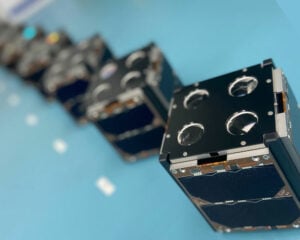
The Tevel series of satellites is approaching re-entry, with Tevel-5 already re-entering on July 18th.
The Tevel mission consists of 8 satellites developed by the Herzliya Science Center in Israel, each carrying an FM transponder. The satellites were built by 8 schools in different parts of Israel and launched in January 2022 on the SpaceX Falcon 9 Transporter-3 mission.
A number of other satellites with amateur radio payloads are also re-entering shortly. A list of satellites approaching re-entry can be found at http://lu7aa.org/decay.asp
[ANS thanks Herzliya Science Center, AMSAT Argentina, and LU7AA for the above information]
The 2024 Coins Are Here Now!
Help Support GOLF and Fox Plus.
Join the AMSAT President’s Club today!
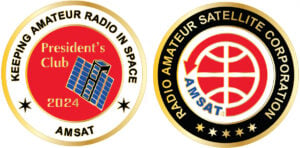
AMSAT-OSCAR 7 in Continuous Sunlight
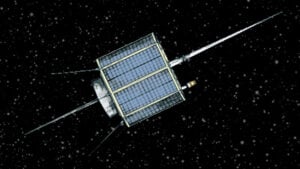
AMSAT-OSCAR 7, soon to celebrate its 50th birthday on November 15, 2024, is now in a period of continuous sunlight through May 22, 2027.
While in continuous sunlight, the satellite’s internal timer is expected to switch between the two transponders – Mode A (29 MHz downlink and 145 MHz uplink) and Mode B (145 MHz downlink and 29 MHz uplink) every 24 hours.
Post reports and check current status on the AMSAT Live OSCAR Satellite Status Page. After a few days in continuous sunlight, it should be possible to determine the actual or approximate time the satellite switches.
[ANS thanks AMSAT and EA1PA for the above information]
Changes to AMSAT TLE Distribution for July 19, 2024
Two Line Elements or TLEs, often referred to as Keplerian elements or keps in the amateur community, are the inputs to the SGP4 standard mathematical model of spacecraft orbits used by most amateur tracking programs. Weekly updates are completely adequate for most amateur satellites. TLE bulletin files are updated Thursday evenings around 2300 UTC, or more frequently if new high interest satellites are launched. More information may be found at https://www.amsat.org/keplerian-elements-resources/
The following satellites have been removed from this week’s AMSAT TLE distribution:
MESAT1 remains on this distribution. No signals have been detected from any other amateur spacecraft launched as part of NASA’s ELaNa 43 mission.
ELaNa 43 OBJECT A NORAD Cat ID 60203 No amateur signal detected
ELaNa 43 OBJECT B NORAD Cat ID 60204 No amateur signal detected
ELaNa 43 OBJECT C NORAD Cat ID 60205 No amateur signal detected
ELaNa 43 OBJECT D NORAD Cat ID 60206 No amateur signal detected
ELaNa 43 OBJECT E NORAD Cat ID 60207 No amateur signal detected
ELaNa 43 OBJECT F NORAD Cat ID 60208 No amateur signal detected
ELaNa 43 OBJECT H NORAD Cat ID 60210 No amateur signal detected
Zhou Enlai NORAD Cat ID 43156 Decayed from orbit on or about 17 July 2024
TEVEL-5 NORAD Cat ID 50998 Decayed from orbit on or about 18 July 2024
The following satellites have been added to this week’s AMSAT TLE distribution:
GRBBeta NORAD Cat ID 60236 IARU coordinated downlinks on 145.935 MHz, 436.785 MHz and 2405.000 MHz
ROBUSTA-3A NORAD Cat ID 60241 IARU coordinated 9k6 GMSK with AX.25 downlink on 436.750 MHz
Thanks to Nico PA0DLO for identifying the two new spacecraft.
[ANS thanks Joe Fitzgerald, KM1P, AMSAT Orbital Elements Manager, for the above information]
Need new satellite antennas?
Purchase an M2 LEO-Pack from the AMSAT Store!
When you purchase through AMSAT, a portion of the proceeds goes towards Keeping Amateur Radio in Space.
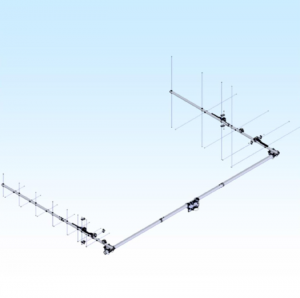
ARISS News
Amateurs and others around the world may listen in on contacts between amateurs operating in schools and allowing students to interact with astronauts and cosmonauts aboard the International Space Station. The downlink frequency on which to listen is 145.800 MHz worldwide.
Aznakaevsky district schools of the Republic of Tatarstan, Tatarstan Russia, direct via TBD
The ISS callsign is presently scheduled to be RSØISS
The scheduled crewmember is Aleksandr Grebyonkin RZ3DSE
The ARISS mentor is RV3DR
Contact is go for Sat 2024-07-27 13:45 UTC
Arizona Science Center, Phoenix, AZ, telebridge via AB1OC
The ISS callsign is presently scheduled to be NA1SS
The scheduled crewmember is Matthew Dominick KCØTOR
The ARISS mentor is K4RGK
Contact is go: Sat 2024-07-27 18:24:08 UTC 41 deg
As always, if there is an EVA, a docking, or an undocking; the ARISS radios are turned off as part of the safety protocol.
The crossband repeater continues to be active (145.990 MHz up {PL 67} & 437.800 MHz down), If any crewmember is so inclined, all they have to do is pick up the microphone, raise the volume up, and talk on the crossband repeater. So give a listen, you just never know.
Note, all times are approximate. It is recommended that you do your own orbital prediction or start listening about 10 minutes before the listed time.
The latest information on the operation mode can be found at https://www.ariss.org/current-status-of-iss-stations.html
The latest list of frequencies in use can be found at https://www.ariss.org/contact-the-iss.html
[ANS thanks Charlie Sufana, AJ9N, one of the ARISS operation team mentors for the above information]
Upcoming Satellite Operations
A growing number of satellite rovers are currently engaged in sharing their grid square activations on https://hams.at. By visiting the website, you gain easy access to comprehensive information about the operators responsible for activating specific grid squares. Additionally, you have the ability to assess the match score between yourself and a particular rover for a given pass, while also being able to identify the upcoming satellite passes that are accessible from your location.
N8MR will be in EN57, with roves to EN67 from Aug 2 thru Aug 10. Icom 9700, Arrow and Alaskan (IO-117) antennas. Listening for Europe on linear eastern passes, at least two of these on CW. Can operate CW for NA ops, if anyone wants it. I can rove to EN56, only if needed. Posting passes to hams.at a day in advance. All QSOs to LoTW as N8MR.
[ANS thanks Ian Parsons, K5ZM, AMSAT Rover Page Manager, for the above information]
Want to fly the colors on your own grid expedition?
Get an AMSAT car flag and other neat stuff from our Zazzle store!
25% of the purchase price of each product goes towards Keeping Amateur Radio in Space
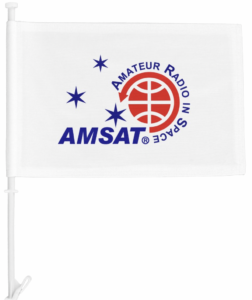
AMSAT Ambassador Activities
AMSAT Ambassadors provide presentations, demonstrate communicating through amateur satellites, and host information tables at club meetings, hamfests, conventions, maker faires, and other events.
AMSAT Ambassador Clint Bradford, K6LCS, says,
“Think a 75-minute presentation on “working the easy satellites” would be appropriate for your club or event? Let me know by emailing me at k6lcsclint (at) gmail (dot) com or calling me at 909-999-SATS (7287)!”
Clint has NEVER given the exact same show twice: EACH of the 150+ presentations so far has been customized/tailored to their audiences.
Scheduled Events
2024 KARS / ARRL Idaho State Convention
August 3, 2024
Post Falls, ID
K7SYS
Huntsville Hamfest
August 17-18, 2024
Huntsville, AL
AMSAT Booth and Forum
N8DEU and W4FCL
Northeast HamXpostion
August 22-25, 2024
Best Western Royal Plaza Hotel & Trade Center
181 Boston Post Road W
Marlborough, MA 01752
Greater Louisville Hamfest
September 7, 2024
Shepherdsville, KY
AMSAT Forum and Information Table
W4FCL
Central Kentucky Hamfest
October 5, 2024
Lexington, KY
AMSAT and Educational Satellites Forum and Information Table
AI4SR and W4FCL
North Star Radio Convention
October 5, 2024
Hennepin Technical College (North Campus)
Brooklyn Park, Minn.
AMSAT Forum and Information Table
KØJM and ADØHJ
2024 AMSAT Space Symposium and Annual General Meeting
October 25-27, 2024
Doubletree by Hilton Tampa Rocky Point Waterfront
3050 N Rocky Point Dr W
Tampa, FL 33607
Stone Mountain Hamfest, ARRL State Convention
November 2-3, 2024
Stone Mountain, GA
K4RGK
[ANS thanks Bo Lowrey, W4FCL, Director – AMSAT Ambassador Program, for the above information]
Satellite Shorts from All Over
+ XW-2B has recently returned to reliable service. XW-2B has an inverting linear transponder with an uplink of 435.090-435.110 MHz and a downlink of 145.730-145.750 MHz.
+ The May/June 2024 issue of The AMSAT Journal is now available to members on AMSAT’s Member Portal at https://launch.amsat.org/The_AMSAT_Journal
+ SpaceX’s Falcon 9 suffered a rare failure on July 11th when the upper stage “experienced an anomaly and was unable to complete its second burn,” trapping 20 Starlink satellites in an unusably low orbit. More information at https://spacenews.com/starlink-satellites-lost-on-falcon-9-upper-stage-failure/ (ANS thanks SpaceNews for the information)
Join AMSAT today at https://launch.amsat.org/
In addition to regular membership, AMSAT offers membership to:
- Societies (a recognized group, clubs or organization).
- Primary and secondary school students are eligible for membership at one-half the standard yearly rate.
- Post-secondary school students enrolled in at least half time status shall be eligible for the student rate for a maximum of 6 post-secondary years in this status.
- Memberships are available for annual and lifetime terms.
Contact info [at] amsat.org for additional membership information.
73 and remember to help Keep Amateur Radio in Space!
This week’s ANS Editor,
Paul Stoetzer, N8HM
n8hm [at] amsat.org
ANS is a service of AMSAT, the Radio Amateur Satellite Corporation, 712 H Street NE, Suite 1653, Washington, DC 20002

